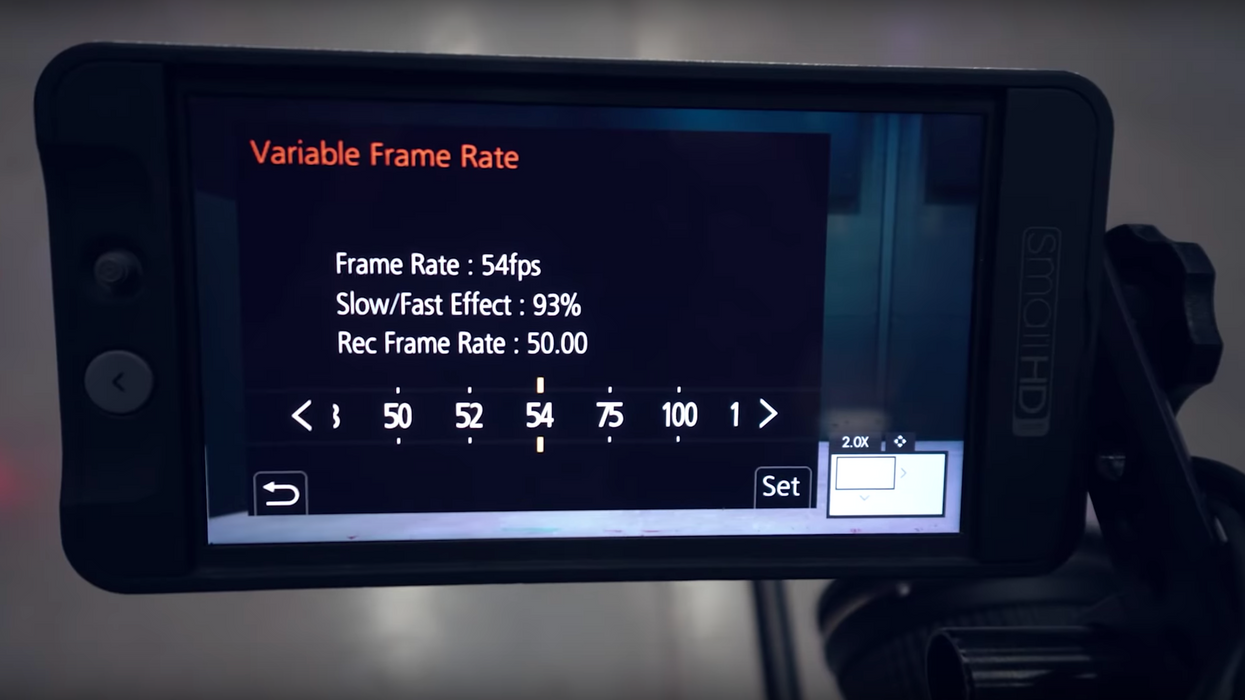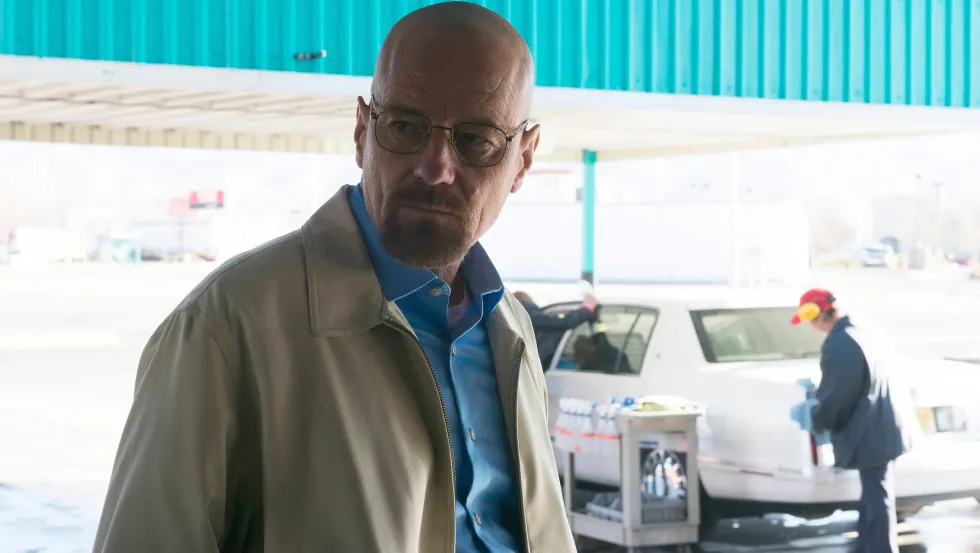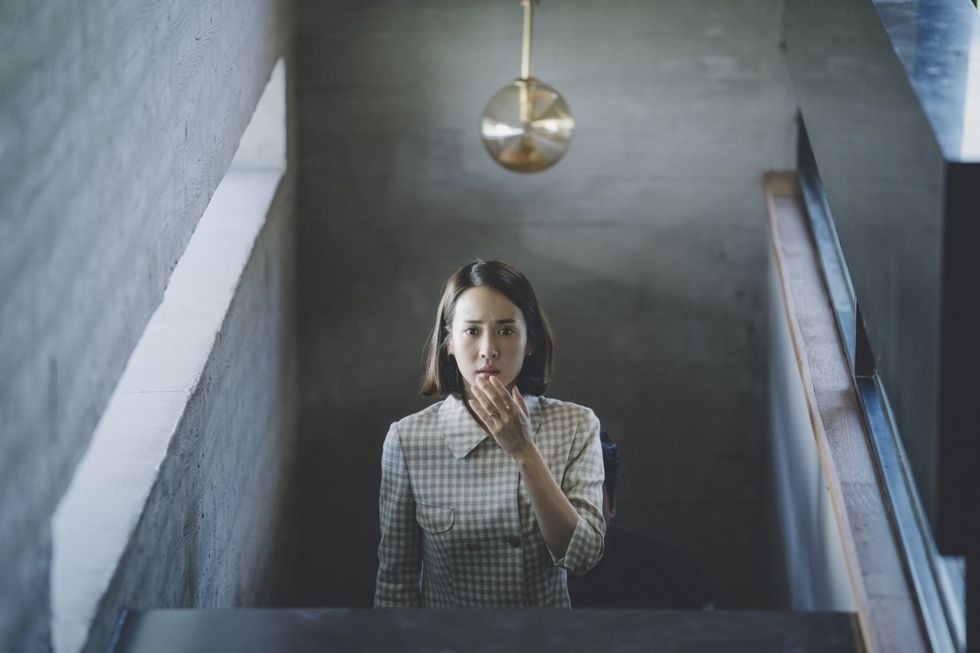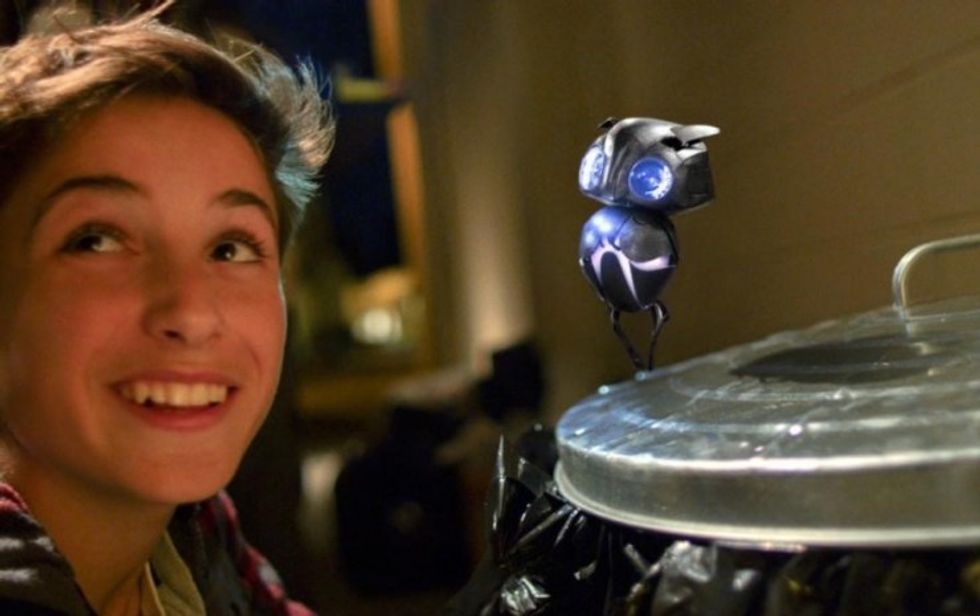5 Ways to Creatively Use Shutter Speed in Your Film
Shutter speed may not be the sexiest setting in your camera, but...wait...or is it?

When it comes to "the film look," shutter speed ranks high on the list of essential elements. This is because when your shutter speed is set at double the inverse of your frame rate, which is often the cinema standard 24fps, a very natural looking motion blur is produced, one that most movie-goers are used to seeing in the vast majority of films. But even though there are good reasons to follow this rule of thumb, there are also many reasons to deviate from it to get creative. In this video, Jordy Vandeput of Cinecom shares five practical ways you can experiment with your camera's shutter speed to create some interesting effects. Check it out below:
Like I said earlier, the rule of thumb when shooting a scene is to set your shutter speed at double the inverse of your frame rate. So, if you're shooting at 24fps, you'd set your shutter speed at 1/48 or 1/50. Or, if you're shooting some slow-motion footage, say, at 60fps, you'd set it at 1/240 or whatever's closest (like 1/250).
But there are plenty of opportunities in which you can creatively use shutter speed and its effect on motion blur to your advantage. Here are the suggestions Vandeput mentions in the video:
- Action scenes: Since fast shutter speeds result in less motion blur and, thus, sharper images, using them when shooting action scenes, like a fight, car chase, or something similar, can give you a more dramatic, seemingly more rapid look.
- Disorientation/Drunkenness: On the other hand, slowing down your shutter speed can produce lots of motion blur, more than what we naturally perceive in real life...unless, of course, we're disoriented, confused, or drunk. If you want to visually indicate that your character is experiencing any of those things, using a slow shutter speed might be a good way to do it.
- Epic slow-motion: Even though the "rule" is to set your shutter speed at double the inverse of your frame rate, that doesn't necessarily apply if you're shooting slow-motion. Typically, the beauty of a slow-motion sequence is in the fact that all of the tiny details of motion are slowed down enough to indulge in, but you can't really do that if there's a lot of motion blur. Setting your shutter speed at more than half the inverse of your frame rate will give you crisp, clear slow-mo images.
- Time-lapses: What should your shutter speed be if you're shooting a time-lapse? That's a question many newcomers have, and the answer is "it depends." Many time-lapse photographers and videographers make their images look really sharp, but if you want to add a little style, you can use that same rule of thumb (double the blah blah blah) to get some sweet motion blur?
- Exposure: I'm not a huge fan of changing shutter speed to achieve proper exposure, but if you have no other option (you don't have ND filters, not enough light), nudging your shutter speed up or down a little might be fine, especially if there isn't a ton of movement in your shot.
What are some other creative ways to use shutter speed? Let us know down below.
Source: Cinecom















